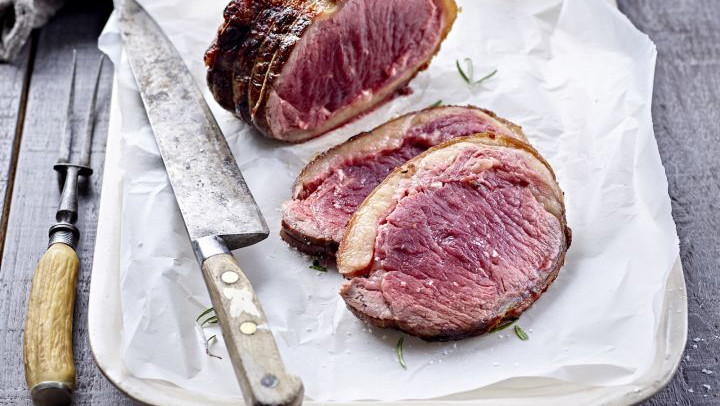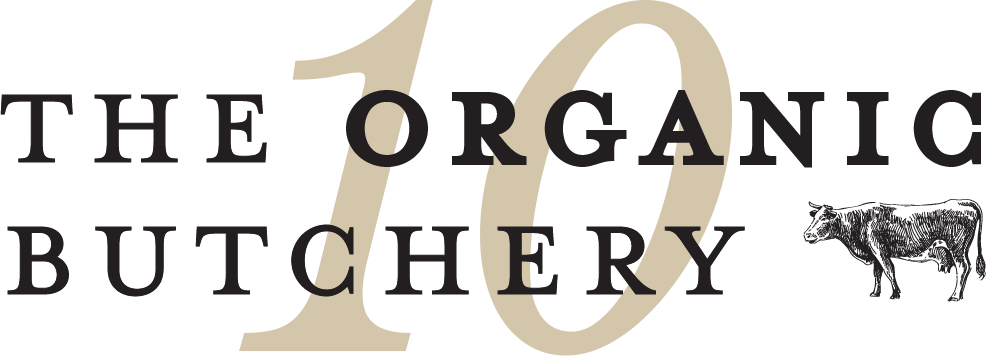How To Cook Grass-fed Sirloin Boneless Joint
Rated 5.0 stars by 1 users
Servings
4
Prep Time
15 minutes
Cook Time
50 minutes
The secret to the perfect roasting joint is simple - bring to room temperature before cooking and leave to rest before serving up to your guests. Use this simple recipe for your next Sunday roast.

Directions
Preheat your oven to 200°C/fan 180°C/gas mark 6
Allow your joint to reach room temperature before cooking. Heat your oil in a large flameproof roasting tin in the oven for 5-10 minutes
Season your sirloin joint with salt and pepper, ensuring a generous covering of fat gets a good application of seasoning, massaging into the fat if needed
Remove the roasting tin from the oven and place the beef joint fat-side down in the hot oil, let the meat sizzle to release some of the fat, then turn the beef in the fat to seal and colour it all
Return the roasting dish to the oven and roast your joint fat side up, roasting for 20 minutes, before turning the heat down to 170°C and roasting for a further 30 minutes per kg
If you have a meat thermometer the perfect core temperature is 54°C for rare and 60°C for medium-rare
Remove your sirloin from your oven and place on to a carving board, covering well with two sheets of foil. Rest for a minimum of 20 minutes, or, what we like to do, is rest whilst we make the ultimate roasties using the fat from the sirloin roasting tin
Carve roughly 1cm thick slices and serve
